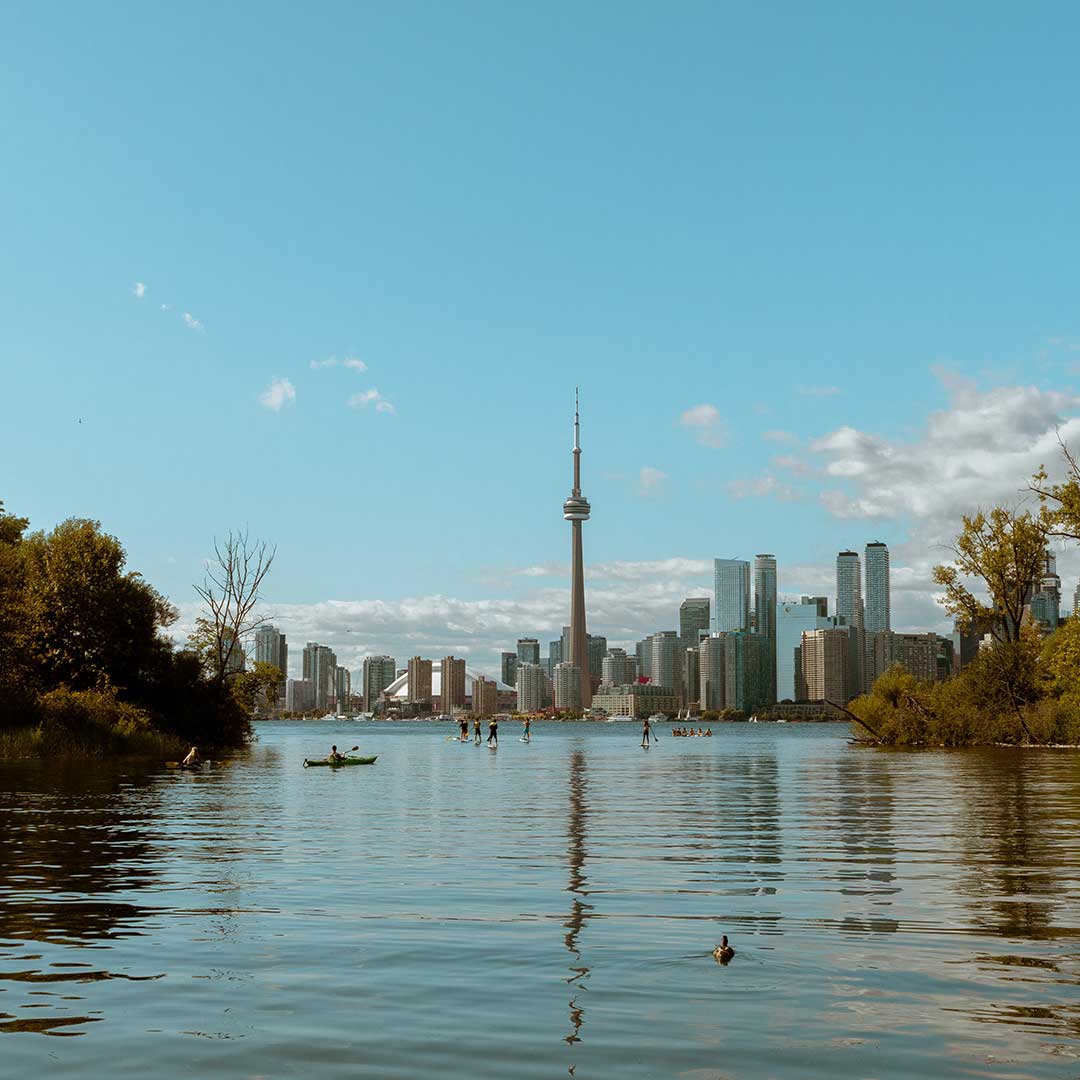Why Nature-Based Climate Solutions?
Forests, grasslands, peatlands, wetlands, and oceans are critical ecosystems that sequester and store vast amounts of carbon, clean our air and water, protect us from extreme floods and fires, and provide critical habitats for threatened species.
“Nature-based climate solutions”, the protection, restoration, and management of these natural areas are now seen as key, alongside the clean energy transition, to reducing greenhouse gas (GHG) emissions and stemming global warming.
Canada is home to 30% of the world’s boreal forests and peatlands, and the world’s longest coastline, all of which are biodiverse and carbon-rich ecosystems. We have a responsibility to be a leader in protecting these areas.



















